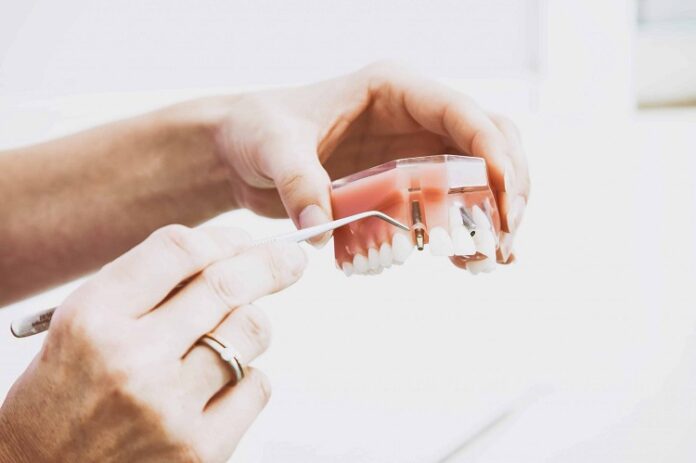An injured or inflamed pulp can result in excruciating pain that may interfere with your ability to function well at school or work. The pain may become severe if the cause is left untreated. Dr. Cucereanu offers New York root canals that eliminate the damaged pulp to relieve your pain and prevent further damage to the tooth. Learn more about the best way to take care of your oral health, on this website: https://www.supplementsangles.com
Table of Contents
When to get a root canal
A root canal is an oral surgery that removes your pulp, the soft center of your tooth. The pulp consists of numerous blood vessels, connective tissue, and nerves that facilitate tooth growth. In most cases, the dentist performs the procedure with the patient under local anesthesia. Your dentist may recommend a root canal if your pulp is inflamed, infected, or injured. An inflamed pulp can result in excruciating toothache that may prevent you from carrying out your daily activities.
Removing the inflamed or injured pulp is an excellent way of preserving your tooth while alleviating the pain. The crown of the tooth remains intact even without the pulp. Oral conditions that may damage your pulp include a crack or chip in the tooth, deep decay, and a severe injury to the tooth. The signature symptom of a damaged pulp is pain, swelling and an increased sensation of heat in the gums.
What to expect during a root canal
During your appointment, Dr. Cucereanu examines your tooth and takes X-rays to obtain an accurate diagnosis. Afterward, the team will escort you to the treatment room and prepare you for the procedure. Once you are comfortable in the chair, your dentist administers a small amount of local anesthetic to your gums. You may experience a burning sensation or sharp pinch which disappears immediately. Your doctor then creates a small incision at the top of the tooth and uses special tools called files to remove the pulp.
Dr. Cucereanu ensures to clean out all the canals of the affected tooth. He may coat the surgical area with a topical antibiotic to prevent infection. The team then seals the tooth with gutta-percha and sealer paste. They also fill the tiny opening at the top of your tooth with temporary material to prevent your saliva from damaging the canal.
What to expect during recovery
After the procedure, your gums may feel sore and swell after the anesthetic wears off. Dr. Cucereanu may recommend over-the-counter medications like ibuprofen (Advil) and acetaminophen (Tylenol) to relieve the pain and discomfort. If your pain lasts for over a week or worsens, don’t hesitate to inform your dentist.
You can resume your daily activities a day after your surgery. Your provider may advise against chewing with the damaged tooth until it is fully recovered. You may need a follow-up a few days after the procedure to ensure no infection and replace the temporary filling with a permanent filling. You may need several weeks to get used to the new feel in your teeth.
If your tooth is overly sensitive or causes excruciating pain, you can call Dr. Cucereanu or schedule an appointment online to determine if you need a root canal.




